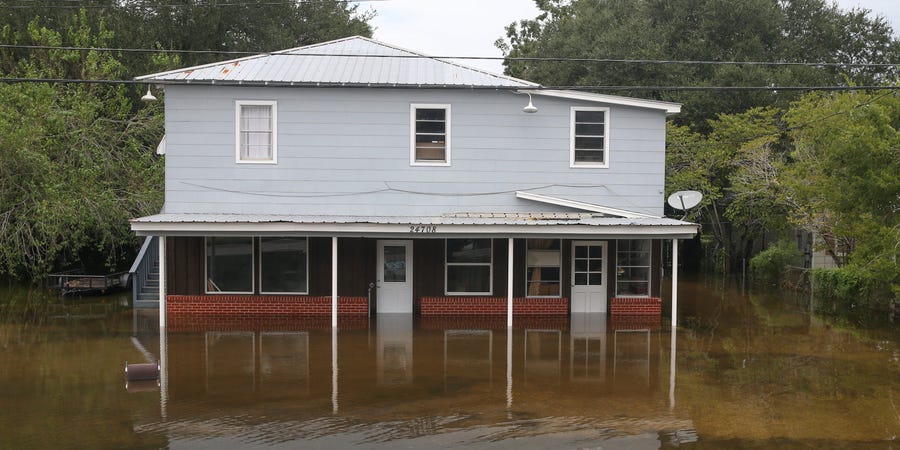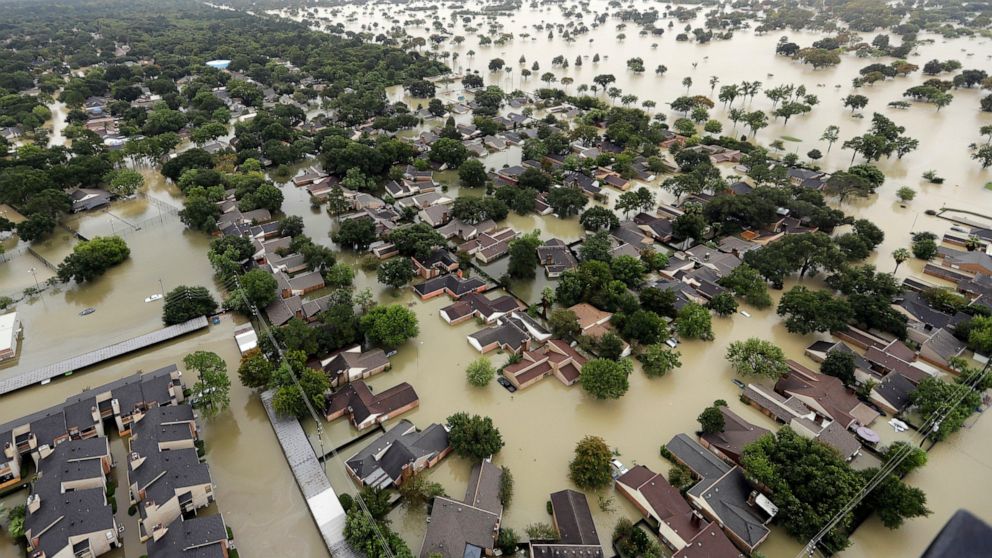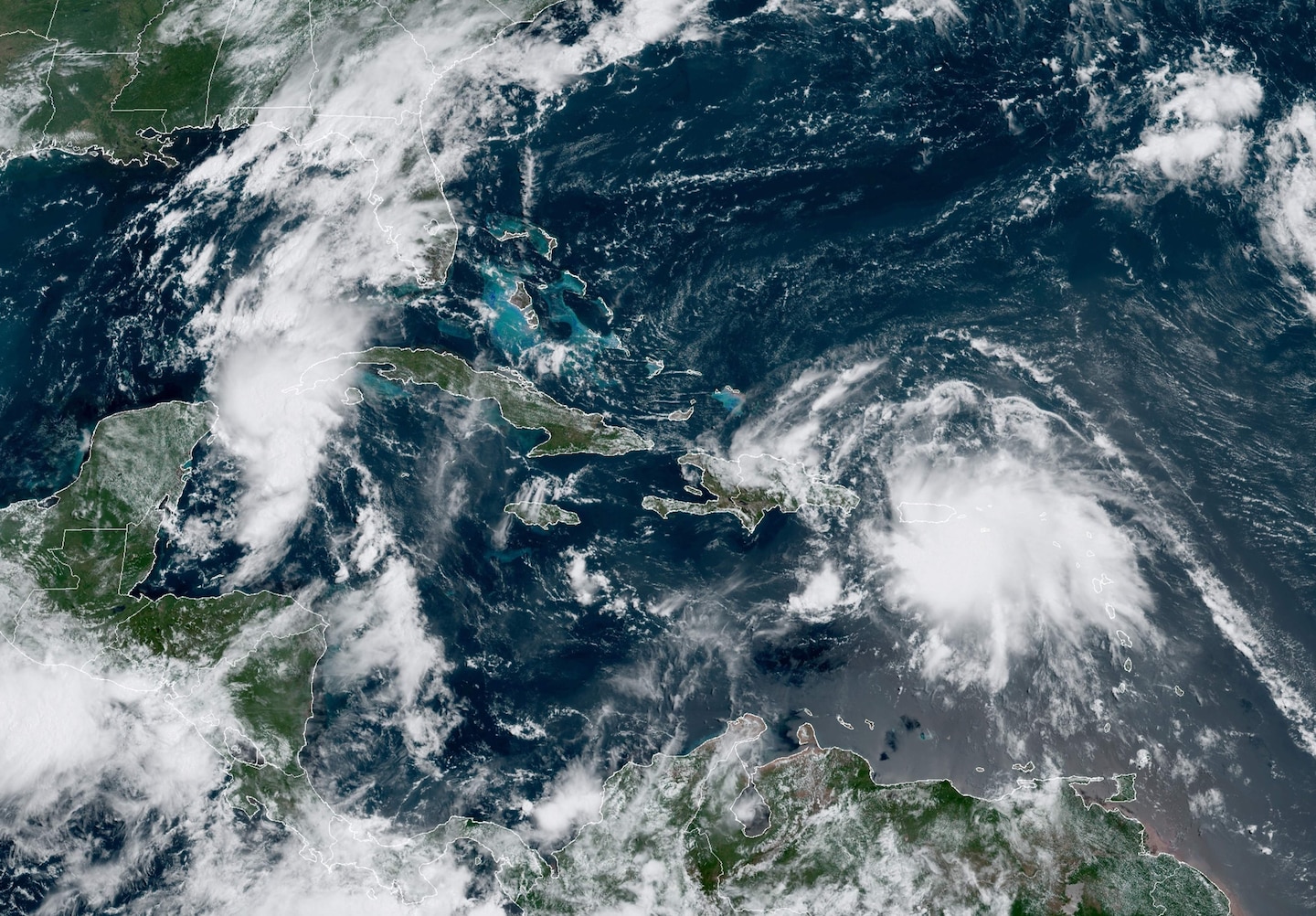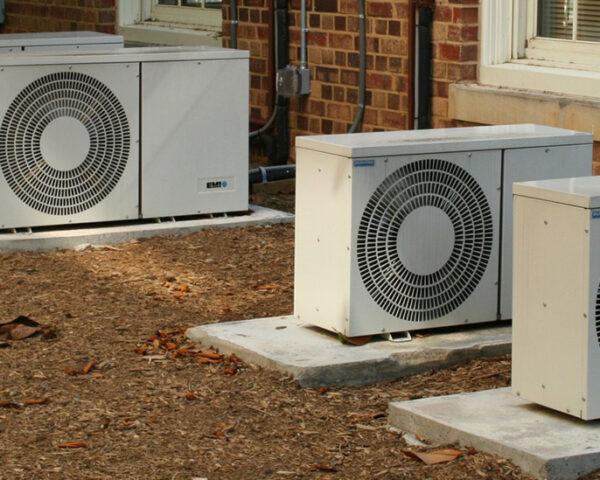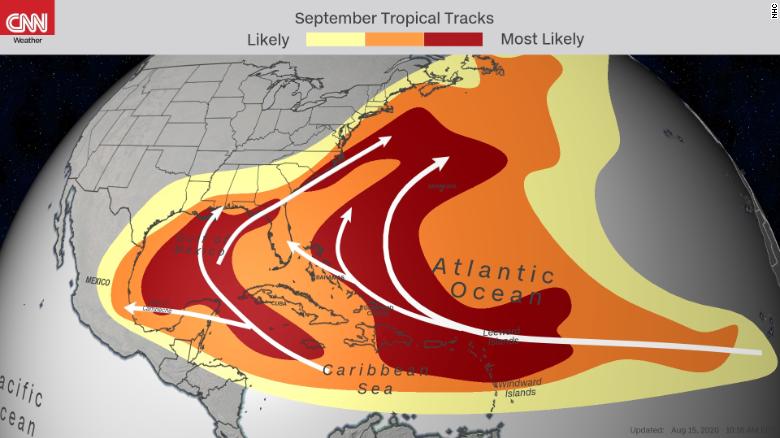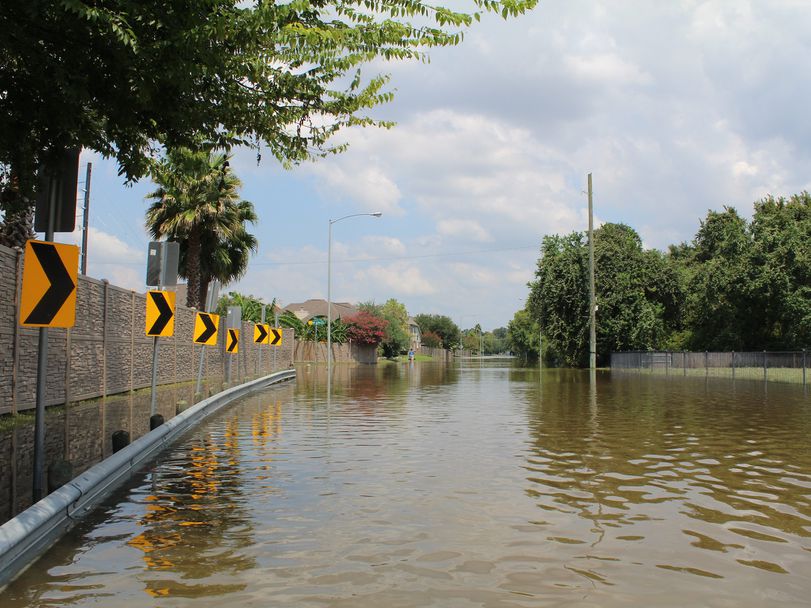Like a snowball begins small and grows larger by building upon itself, numerous feedback loops embedded in our atmosphere and society are exacerbating climate change.
A major report released in June shows that federal flood maps underestimate the number of homes and businesses at risk of flooding by a stunning 67%.
Nasty hurricanes that cause billions of dollars in damages are hitting more often.
Dealing with catastrophic risks is the purview of government.
In particular, the U.S. government bears the unenviable burden of “the biggest portfolio of such risks ever managed by a single institution in the history of the world.”
Two tropical storms are expected to strike the Gulf Coast in rapid succession this week, compounding public health concerns in states fighting to keep new coronavirus cases down after a surge of infections earlier in the summer.
An analysis done by Climate Central shows that demand for air conditioning in the U.S. will increase by 59% by the year 2050.
Death Valley reported a temperature of 130 degrees amid a blistering heat wave.
Millions of Californians were denied electrical power and thus air conditioning during a heatwave, raising the risk of heatstroke and death, particularly among the elderly and sick.
Forecasters are now calling for an increased chance of La Niña this autumn, which could enhance an already overly active hurricane season.
The EPA has ignored reports that Superfund sites are not resilient to climate change, and communities are at risk.


